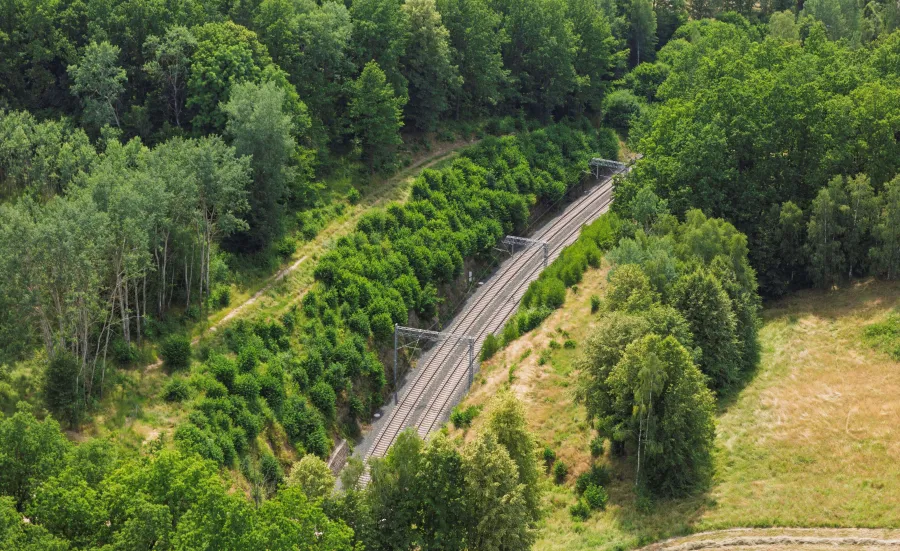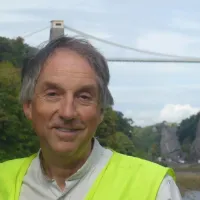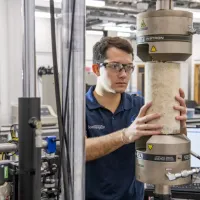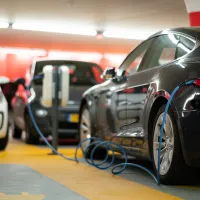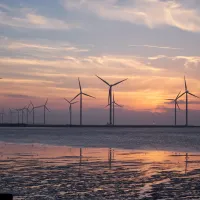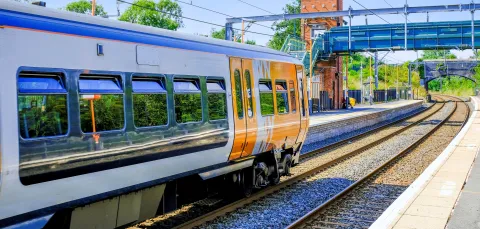Climate change is putting pressure on the earthwork embankments that support more than 10,000 kilometres of the UK rail network. Higher summer temperatures, increased storminess and prolonged dry periods all contribute to their deterioration.
Transport is the UK’s largest source of carbon emissions, accounting for 28% of the total. Encouraging more people and businesses to use rail is key to meeting the government’s net zero target and supporting a growing population.
Reinforcing embankments
Railway embankments are raised areas of soil that support the track; they are often made of clay soils, which shrink in the summer as they dry out and swell in the winter when they absorb rainwater. This movement makes it difficult to maintain the correct alignment of the track, causing faults and delays.
Working in collaboration with Network Rail, London Underground Ltd (LUL) and Mott MacDonald, our researchers showed that the type of vegetation growing on the embankment, and its position, affects the movement of the embankment.
The research team, led by William Powrie, Professor of Geotechnical Engineering, developed and validated models enabling the interactions between the vegetation, embankment and the weather to be quantified.
“Both Network Rail and LUL are now using the findings to identify the most appropriate type of vegetation for particular slopes and to define their management strategies for lineside vegetation,” says William.
The research at the University has been fundamentally important in improved understanding of the interaction between vegetation, climate and earthworks, improvement in the design of slope stabilising piles, and ballasted track/embankment interactions.
A S O’Brien, Transportation Unit, Professional Excellence Director, Mott MacDonald
Improving design approaches
In collaboration with Mott MacDonald, the research team developed an improved design approach for stabilising earthwork embankments with individual vertical supports in a more cost-effective way than previously possible.
“Our research showed that the stabilising piles could be spaced further apart than previously thought, providing infrastructure owners with substantial cost savings through the need to install fewer piles,” says William.
In my view, the research would lead to cost savings of between 10% and 15% on conventional asset management practice. With expenditure of £650M over a five-year period, the likely savings generated by the research is likely to be between £65M and £100M.
A S O’Brien, Transportation Unit, Professional Excellence Director, Mott MacDonald
This research has influenced the standards that guide industry practice, and the approach they developed has been successfully used to stabilise part of the Ironbridge Gorge UNESCO World Heritage site.
This is part of the University's pioneering rail research that won a prestigious Queen Elizabeth Prize for Higher and Further Education in November 2025.
